The government’s new draft guidelines for passive euthanasia have not been well received by all clinicians, with experts stating that the move may put doctors under undue stress and expose them to legal scrutiny.
The Ministry of Health and Family Welfare last week released draft guidelines for the withdrawal of life support in terminally ill patients. They state that such a decision should be a ‘considered’ one and taken by the doctors, considering the patient’s overall health status and medical condition.
Click here to connect with us on WhatsApp
In the draft, terminal illness has been defined as an irreversible or incurable condition from which death is inevitable in the foreseeable future.
Calling the guidelines a bold step, Ashwin Sapra, partner (head – pharma and healthcare), Cyril Amarchand Mangaldas, said that the legal standards and consequences of passive euthanasia have to be reviewed against established jurisprudence and civil/criminal liability that is attracted to this highly debated subject.
“Of major concern are the consequences for doctors, who would face increased scrutiny over their decisions. They may not be comfortable with such liability exposure,” he said.
Responding to the guidelines, R V Asokan, national president of the Indian Medical Association (IMA), said that doctors have always taken such clinical decisions in good faith, with the patient’s relatives given all information and taken into confidence in each case, with a decision made on merit.
“The perception and assumption that machines are unnecessarily used to prolong lives is wrong. It exposes doctors to legal scrutiny,” he told news agency PTI.
While active euthanasia, or the act of intentionally causing the death of a terminally ill patient on voluntary request, is illegal in India, the Supreme Court in March 2018 allowed passive euthanasia, which is the withholding of life-saving treatment in cases of chronic terminal illness with no chances of survival or improvement.
Conditions for ending life support
The draft guidelines lay out four conditions to stop or discontinue ongoing life support in a terminal illness that is no longer likely to benefit the patient or is likely to cause suffering and loss of dignity.
These conditions include if the individual has been declared brainstem dead according to the Transplantation of Human Organs and Tissues (THOA) Act of 1994, or if there is a medical prognosis that the patient’s disease condition is advanced and not likely to benefit from aggressive therapeutic interventions.
Other conditions include patient/surrogate documented informed refusal to continue life support following prognostic awareness and compliance with procedures prescribed by the Supreme Court.
The draft guidelines also state that doctors should make a considered decision not to start life-supporting treatments (LSTs) such as mechanical ventilation, dialysis, surgical procedures, or transfusions in a terminally ill patient where such treatment is unlikely to benefit the patient and is likely to lead to suffering and loss of dignity.
The norms also state that according to the legal principles outlined by the Supreme Court, “an adult patient capable of making healthcare decisions may refuse LST even if it results in death,” the draft states.
In the case of a patient incapable of making decisions, proposals for foregoing life support would be made by consensus among a group of at least three physicians who form the Primary Medical Board (PMB).
“The PMB must explain the illness, the medical treatment available, alternative forms of treatment, and the consequences of remaining treated or untreated to fully inform the surrogate,” the draft states.
A Secondary Medical Board of three physicians, including one appointee of the district’s chief medical officer (CMO), will have to validate the decision made by the PMB. The health ministry has asked for feedback and suggestions from all stakeholders on the draft by October 20, 2024.
Such calls should be left to relatives: IMA president
Commenting on the conditions laid down in the draft guidelines, Asokan said such calls should be left to relatives, patients, and doctors based on science and the situation.
Sapra said that while the step would give some structure to actions that are currently taken mostly in trust arising out of the doctor-patient relationship, a lot remains to be seen in what essentially comes out in the final form of the guidelines.
“The lawmakers would need to approach this with an open mind sans any agenda, otherwise this initiative could end up before the court,” he added.
Dr Nitin Garg, consultant – critical care at Delhi’s CK Birla Hospital, said that while the guidelines aim to assist doctors in making difficult decisions when further treatment is no longer beneficial, families often struggle with the idea of stopping life support even when medical treatments are no longer effective. “Rarely does one see cases where families agree to stop life support without long thought,” another doctor said on the condition of anonymity.
(With inputs from PTI)
First Published: Sep 30 2024 | 9:06 PM IST


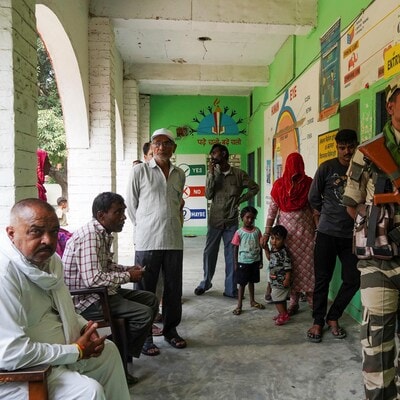
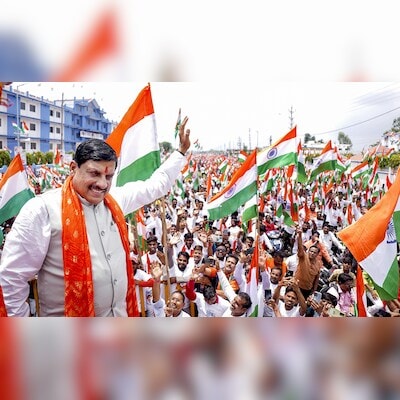
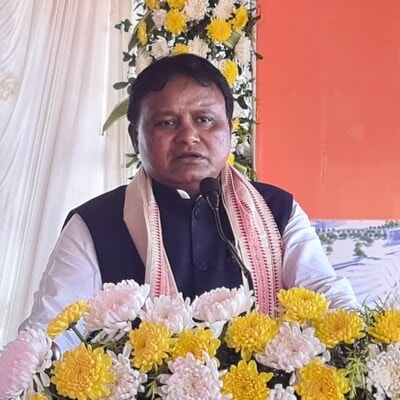



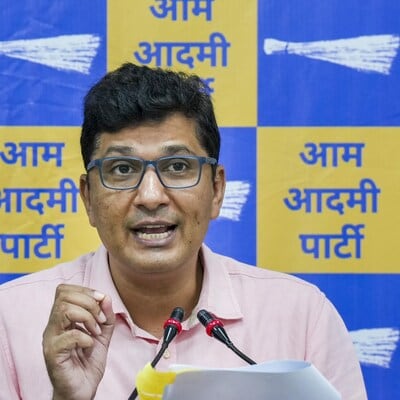
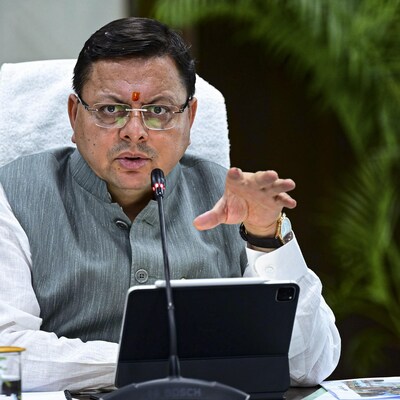

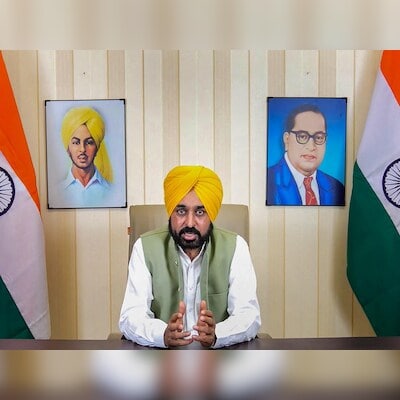

Leave a Reply